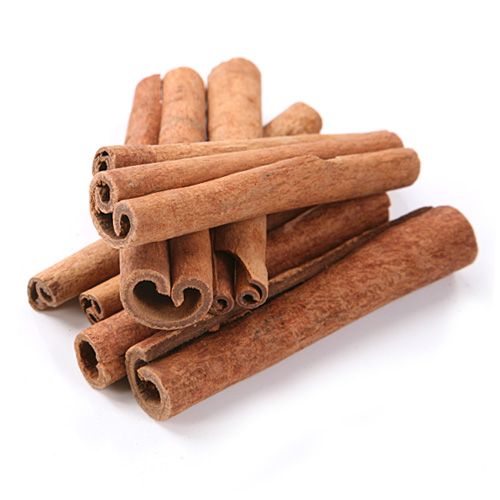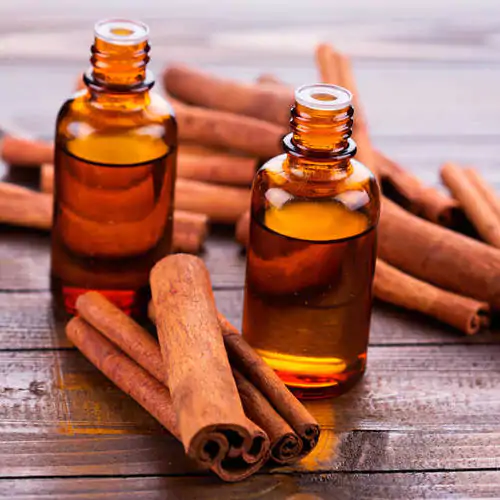Cinnamon, which is actually the dried bark of the laurel tree, has been used since antiquity. This powerful spice was used in Egypt, Rome, and China. Native to Sri Lanka, cinnamon can be produced from many species of laurel. The “real” cinnamon of old comes from the C. zeylanicum tree, but most modern cinnamon comes from the C. cassia tree.
The history of cinnamon dates back to about 2800 BC where it can be found referenced as kwai in Chinese writings. It was used medicinally for colds and flu as well as problems of the digestive system. One of the world's most important medicinal spices, it was also mentioned by Pliny, Dioscorides, and Theophrastus.
Historically, cinnamon is even mentioned in the Bible. Moses used it as an ingredient for his anointing oils.
In ancient Rome, it was burned during funerals, perhaps partly as a way to ward off the odor of dead bodies.
The ancient Egyptians used it in embalming mummies because of its pleasant odors and its preservative qualities.
Today cinnamon is one of the most common of all spices. However, it was once rare and highly sought after. In fact,
the quest for cinnamon was a major factor leading to exploration of the world in the 15th century! Sailors from Portugal braved the horn of Africa and famously,
Columbus set his sights to the West. Due to the high cost of ship building and the risks inherent in sea voyages,
plus a virtual monopoly on the overland trade route by the Venetians, only the elite could afford to use it.

Botanical Origin
Cinnamomum verum
Cinnamomum cassia
Producing Countries
Sri Lanka
Madagascar
Indonesia
China
Vietnam
Flavour
Mild, subtle, delicate, flowery, complex; lively, warm & sweet; citrus overtones.
Intense, harsh, simple, sweet, slightly bitter, astringent and mucilaginous.

Physical Properties
Rich, light golden yellow/brown buff colour; slight mottling
Formed into complex ‘quills’ comprising layers of thin bark, like paper, packed inside a single strip of bark and rolled into the form of a tube.
Delicate, fragile – easily broken
Beautiful, visual appearance is important product attribute
Uniform dark brown colour
Thick bark; coarser, single layer of bark rolled into a simple stick or quill.
Very hard. Not easily broken
Quality parameters of Cinnamon
Cinnamon is sold traditionally as full quills in bale form. In the current context, most buyers prefer for cut cinnamon into various sizes, bundled in various weights, packed in different sized boxes. In addition some prefer individually wrapped cut quills, ground cinnamon, cinnamon quillings, chips and offcuts forms. The quills are light brown in color and well dried interconnected tubing.
Quality parameters of Cinnamon
Colour
Pale brown to slightly reddish colour
Ground cinnamon - yellowish to reddish brown in colour
Odour
Characteristic fresh aroma
Flavour
Delicate and sweet flavour characteristic to Ceylon cinnamon. It shall be free from foreign flavour. Including mustiness.
Moisture
Not more than 15% for quills and 12% for other grades
Volatile Oil
Minimum 1% for quills and 0.7% for other grades on dry basis.
Shelf life
Minimum of 1 year
Packing
Packaged in clean, sound, dry packages, made of jute, cloth, paper or polythene bags.
Chemical content of Cinnamon
Characteristics : % content
Ash : 5.0 % w/w (max)
Acid insoluble ash : 1.0% w/w (max)
H2O % : 15.0 w/w (max)








